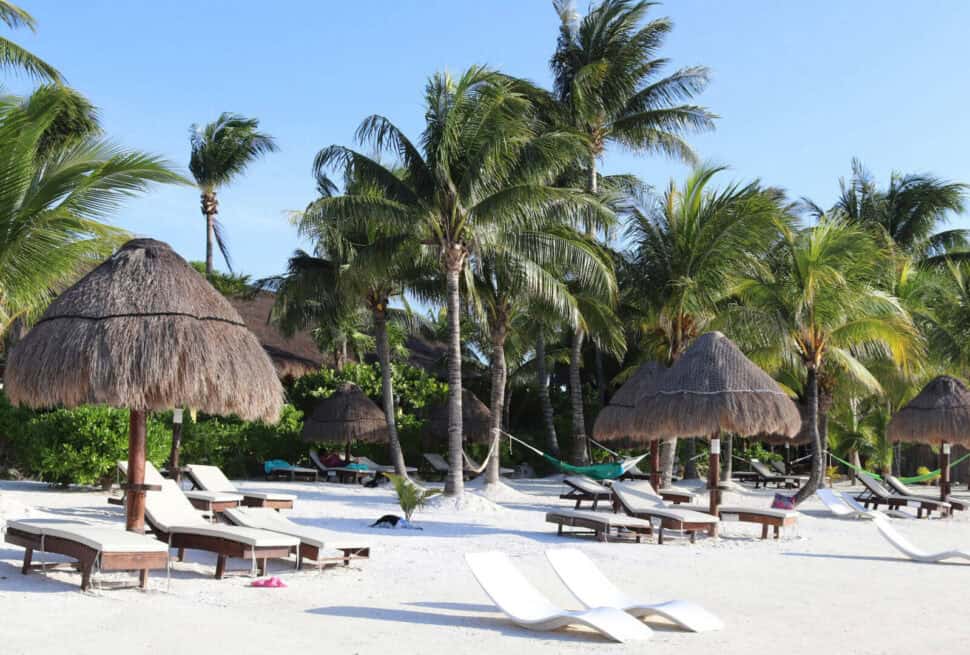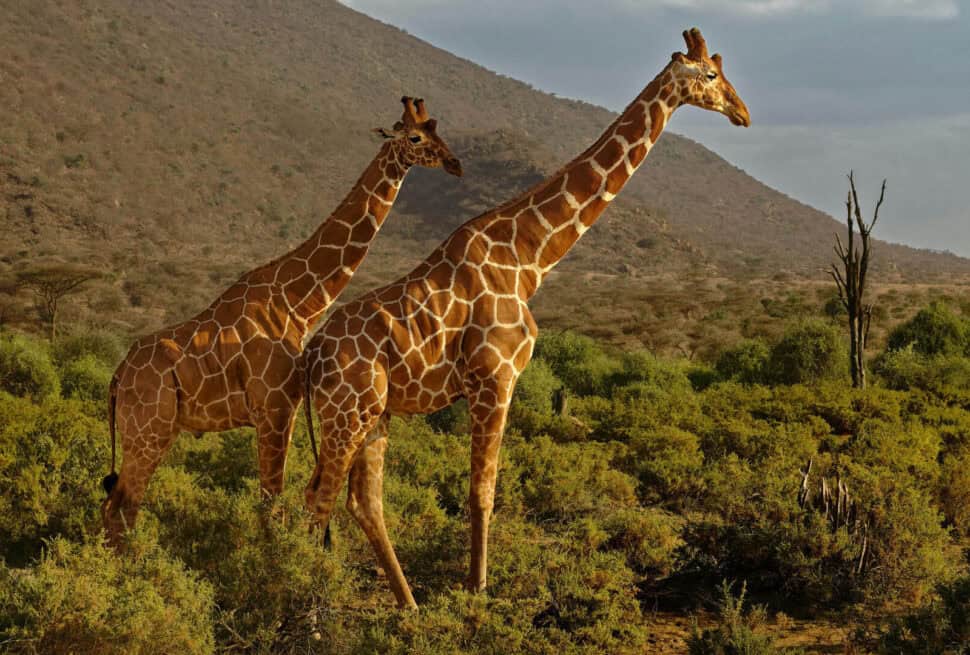Deep in the misty mountains of East Africa lies one of the most extraordinary wildlife encounters on earth — gorilla trekking. Few experiences compare to coming face to face with a giant silverback or watching a baby gorilla cling to its mother as she calmly forages nearby. It’s humbling, emotional, and life-changing.
If you’ve ever dreamed of connecting with nature in its purest form, trekking through the forests of Rwanda or Uganda deserves a top spot on your travel bucket list.
A Rare Glimpse into the World of Mountain Gorillas
Mountain gorillas are among the rarest primates on the planet. Fewer than 1,100 remain in the wild, found only in the volcanic ranges of Rwanda, Uganda, and the Democratic Republic of Congo. Unlike zoo visits or distant sightings, gorilla trekking lets you observe these magnificent creatures in their natural habitat.
With the guidance of expert rangers, you hike through thick rainforest until you meet a habituated gorilla family — a group accustomed to human presence but still entirely wild. For one unforgettable hour, you stand just meters away as they groom, play, and feed, behaving as if you weren’t even there.
It’s not just about seeing gorillas; it’s about witnessing the deep bond that connects them — a reflection of ourselves in their gentle gestures and soulful eyes.
Rwanda or Uganda: Two Unique Paths to the Gorillas
Both Rwanda and Uganda offer world-class gorilla trekking, but each destination carries its own charm.
Rwanda: The Land of a Thousand Hills
In Rwanda, gorilla trekking takes place in Volcanoes National Park, part of the wider Virunga range. The park is easily accessible — just a 2.5-hour drive from Kigali, making it ideal for travelers short on time or combining gorilla trekking with a safari in Kenya or Tanzania.
Rwanda’s experience is known for its well-managed trails, expert rangers, and breathtaking scenery — rolling hills, mist-covered peaks, and bamboo forests. Though permits are pricier here, the infrastructure and conservation investment are exceptional.
Uganda: The Pearl of Africa
Uganda offers two trekking destinations — Bwindi Impenetrable Forest National Park and Mgahinga Gorilla National Park. Bwindi, true to its name, is a dense, ancient forest filled with winding trails and a sense of untamed adventure. The treks can be more challenging than Rwanda’s, but that adds to the thrill.
Uganda’s gorilla permits are more affordable, and the country offers a broader range of wildlife and cultural experiences. Many travelers combine trekking with game drives in Queen Elizabeth National Park or boat safaris on the Kazinga Channel.
Both destinations guarantee an encounter you’ll never forget.
An Unforgettable Journey Beyond the Encounter
The trek itself is part of the adventure. You begin early in the morning, hiking through lush rainforest filled with birds, butterflies, and occasional glimpses of monkeys swinging above. The air is cool and earthy, carrying the scent of rain and wildflowers.
When your tracker signals that gorillas are near, everything quiets. You take your final steps with anticipation until — suddenly — they appear.
A silverback sits regally among the ferns, his deep eyes calm and intelligent. Nearby, a young gorilla tumbles playfully, mimicking his elders. You stand quietly, heart pounding, realizing you’re sharing space with one of nature’s most powerful yet peaceful creatures.
The hour passes quickly, yet its memory lasts a lifetime.
A Conservation Success Story
What makes gorilla trekking even more meaningful is its direct contribution to conservation.
Each permit purchased helps fund anti-poaching patrols, veterinary care, and community development projects around the parks. Local communities benefit through jobs and education, ensuring they see the value of protecting these endangered animals.
This conservation-based tourism model has led to a remarkable recovery in mountain gorilla numbers over the past two decades — a rare success story in wildlife protection.
When you book a gorilla trek, you don’t just witness wildlife; you help preserve it.
Practical Tips for Your Gorilla Trekking Experience
To make the most of this once-in-a-lifetime adventure, preparation is key:
- Book your permit early: Rwanda and Uganda both limit the number of trekkers per day to protect the gorillas. Secure your spot several months in advance.
- Dress for the forest: Wear long sleeves, waterproof hiking boots, gloves, and earth-toned clothing to blend with the environment.
- Pack essentials: Bring a light rain jacket, water bottle, snacks, and insect repellent. A walking stick is often provided at the trailhead.
- Stay fit: Treks can last anywhere from one to six hours depending on the gorilla group’s location. Moderate fitness helps you enjoy the experience comfortably.
- Follow ranger instructions: Maintain a respectful distance and speak quietly to minimize disturbance.
These small efforts ensure your safety and the well-being of the gorillas.
Best Time to Go Gorilla Trekking
Gorilla trekking is possible year-round, though the dry seasons (June to September and December to February) offer easier hiking conditions. Trails are less muddy, visibility is clearer, and photography is ideal.
The wet seasons (March to May and October to November) can be more challenging but also more serene, with fewer visitors and lusher landscapes. Gorillas remain active all year, so any season guarantees an encounter.
Why It Belongs on Your Bucket List
Few experiences evoke such deep emotion and connection as gorilla trekking. It’s raw, intimate, and deeply human. You leave the forest changed — with a newfound respect for the natural world and the fragile balance that sustains it.
Whether you choose Rwanda’s misty volcanoes or Uganda’s ancient rainforest, this journey goes beyond adventure. It’s a pilgrimage to one of the last places on earth where wild and human worlds meet in quiet harmony.
Final Thoughts
Adding gorilla trekking to your travel list isn’t just about ticking off an experience — it’s about stepping into a story of survival and renewal. Every step you take on those forest trails supports conservation, uplifts local communities, and helps ensure that future generations will also meet these gentle giants.
When you lock eyes with a mountain gorilla, time seems to pause. You see intelligence, warmth, and kinship. And in that fleeting moment, you understand why this encounter is truly one of life’s greatest privileges.




